Mount Making and Exhibition Preparation
The Helen Louise Allen Textile Collection & The Center for Design and Material Culture
The Center for Design and Material Culture (CDMC) is housed in the School of Human Ecology at the University of Wisconsin—Madison and includes the Lynn Mecklenburg Textile Gallery, the Helen Louise Allen Textile Collection (HLATC) and the Ruth Davis Design Gallery. Since working at the CDMC, I have been preparing and installing exhibitions.
This has included moving furniture and evaluating layouts, making custom mounts for textiles and sculptures, creating textile hanging devices and sewing textiles to mounts, measuring and executing established layouts, building and taking down fake walls, and installing artworks.
I learned the best practices for hanging and exhibiting textiles like when to use different types of mounts, the amount of light appropriate, the amount of time it takes for paint to off-gas, and the temperature and humidity necessary in an exhibition space.
Through these types of tasks, I enjoy thinking creatively to find solutions and balancing the conservation and safety of textiles with providing access to these works. I find it rewarding to execute exhibition design visions and bring high quality exhibitions to public audiences.
February 2022—May 2024
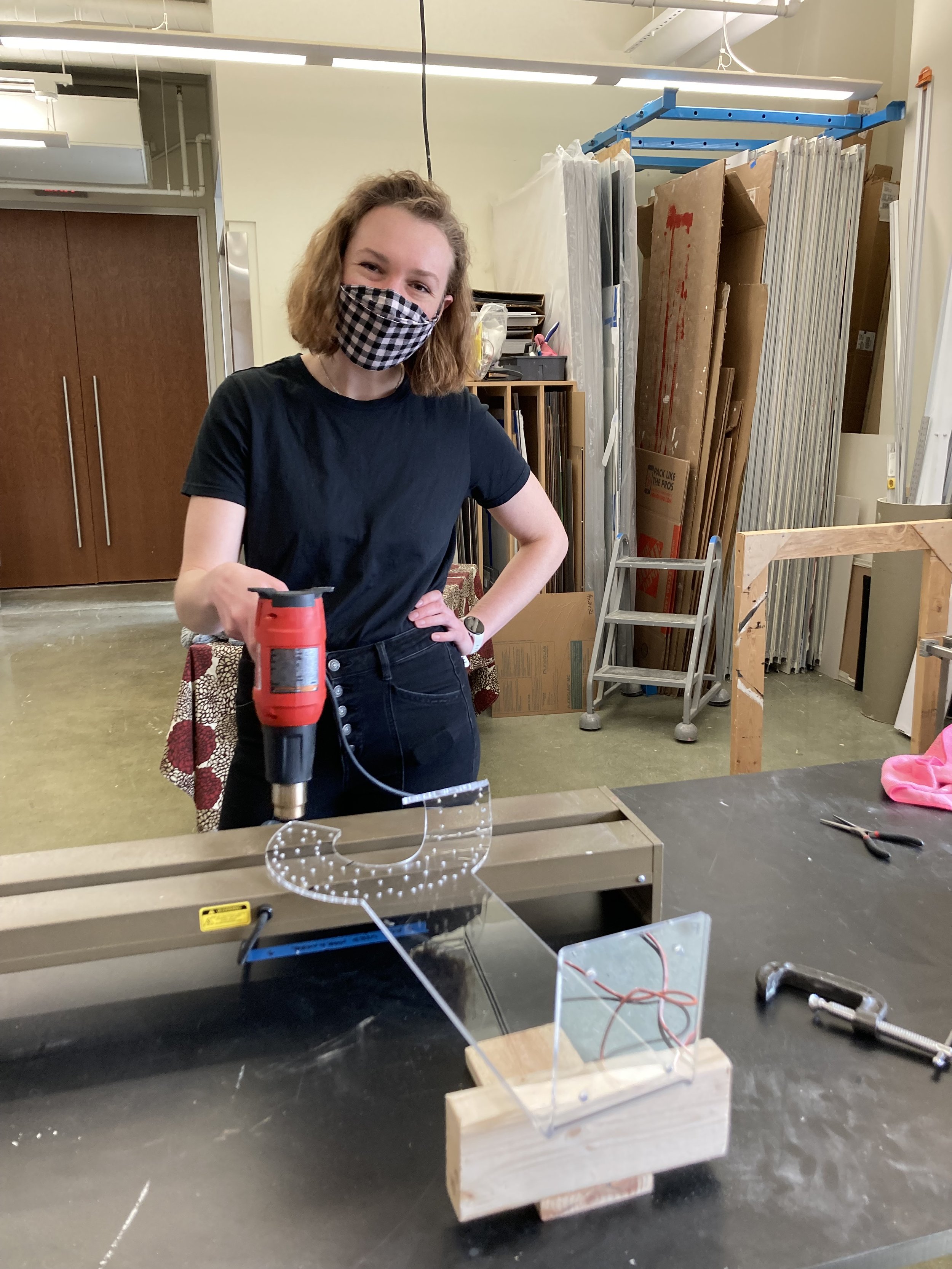

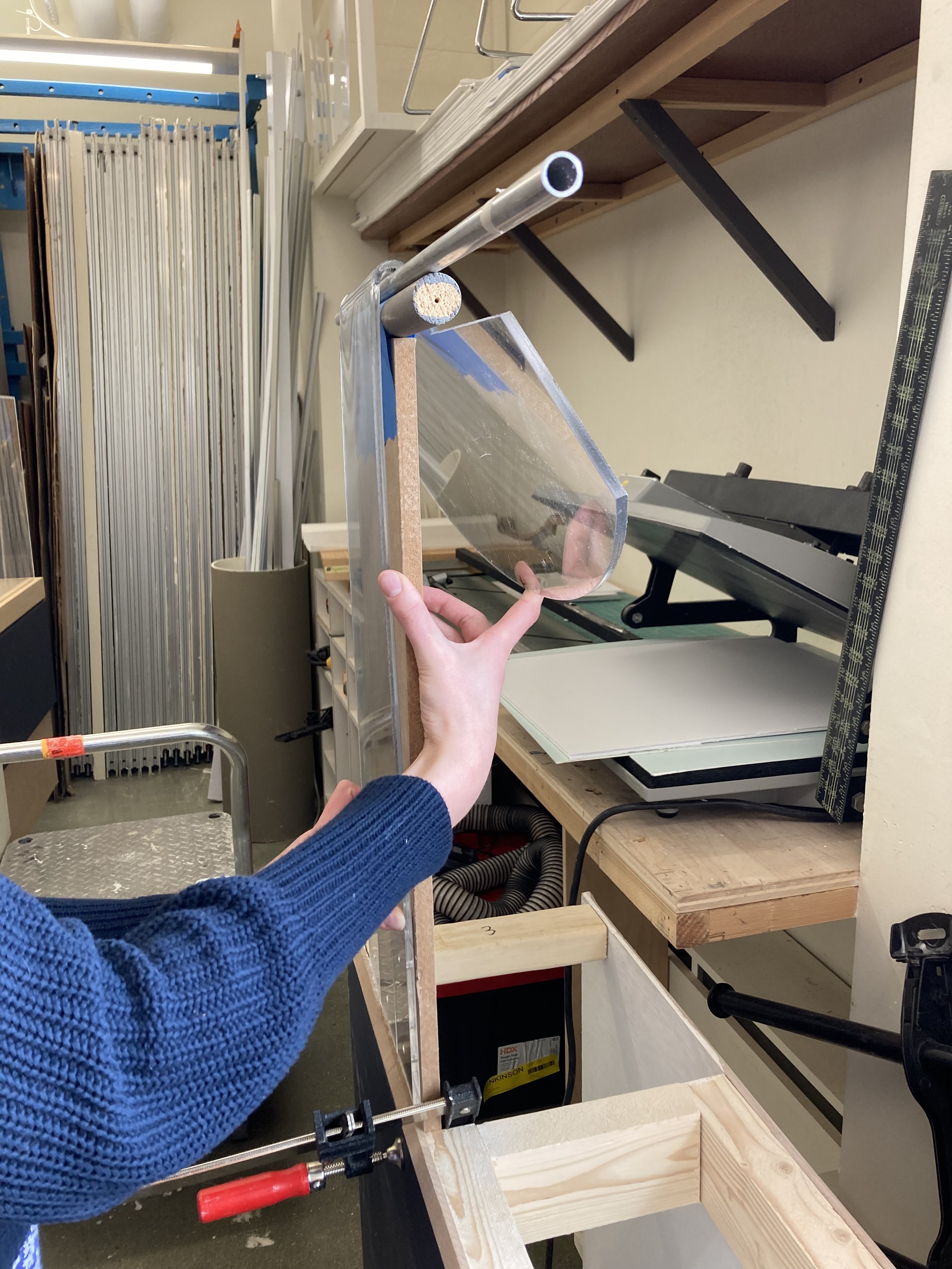
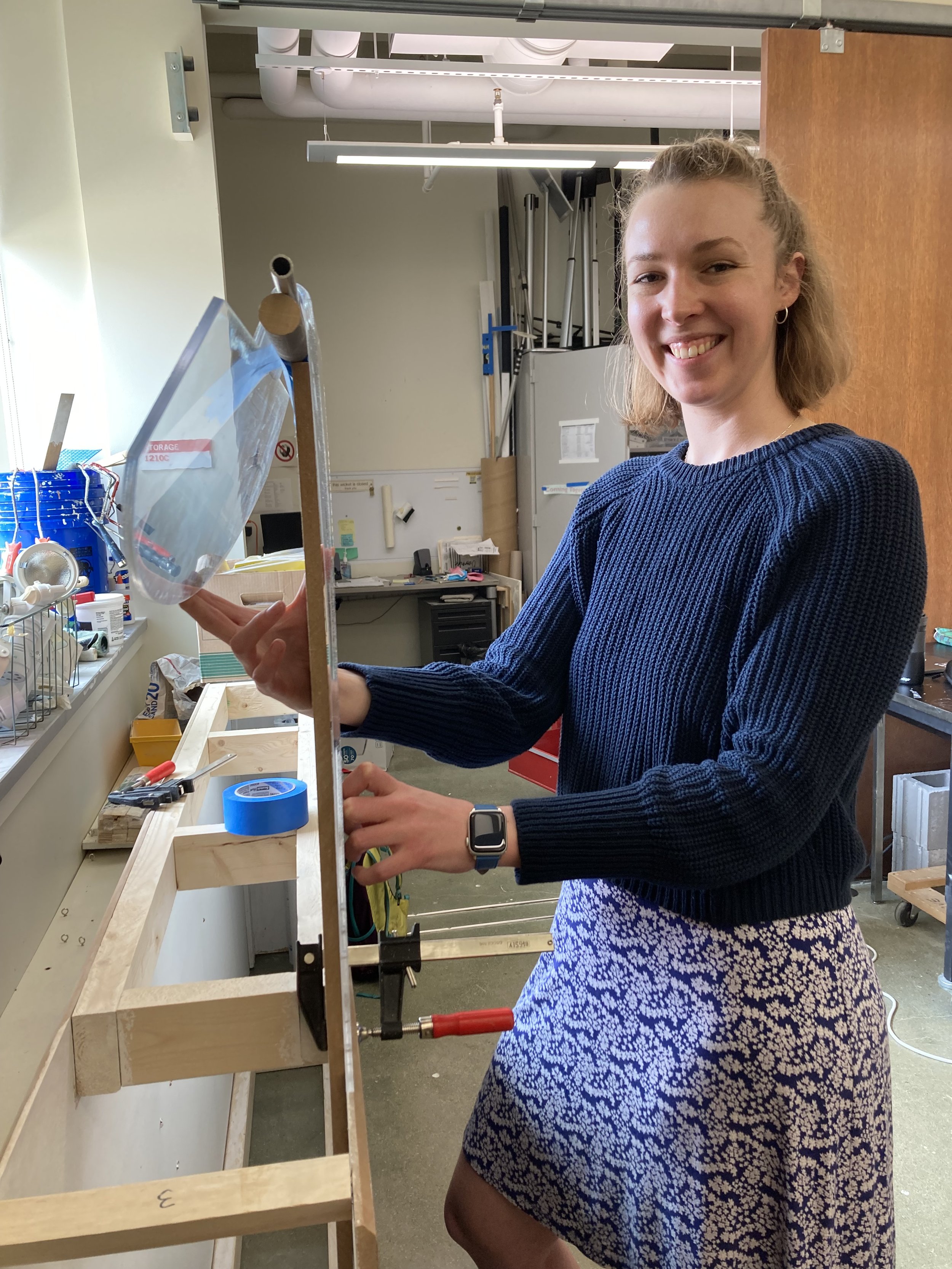
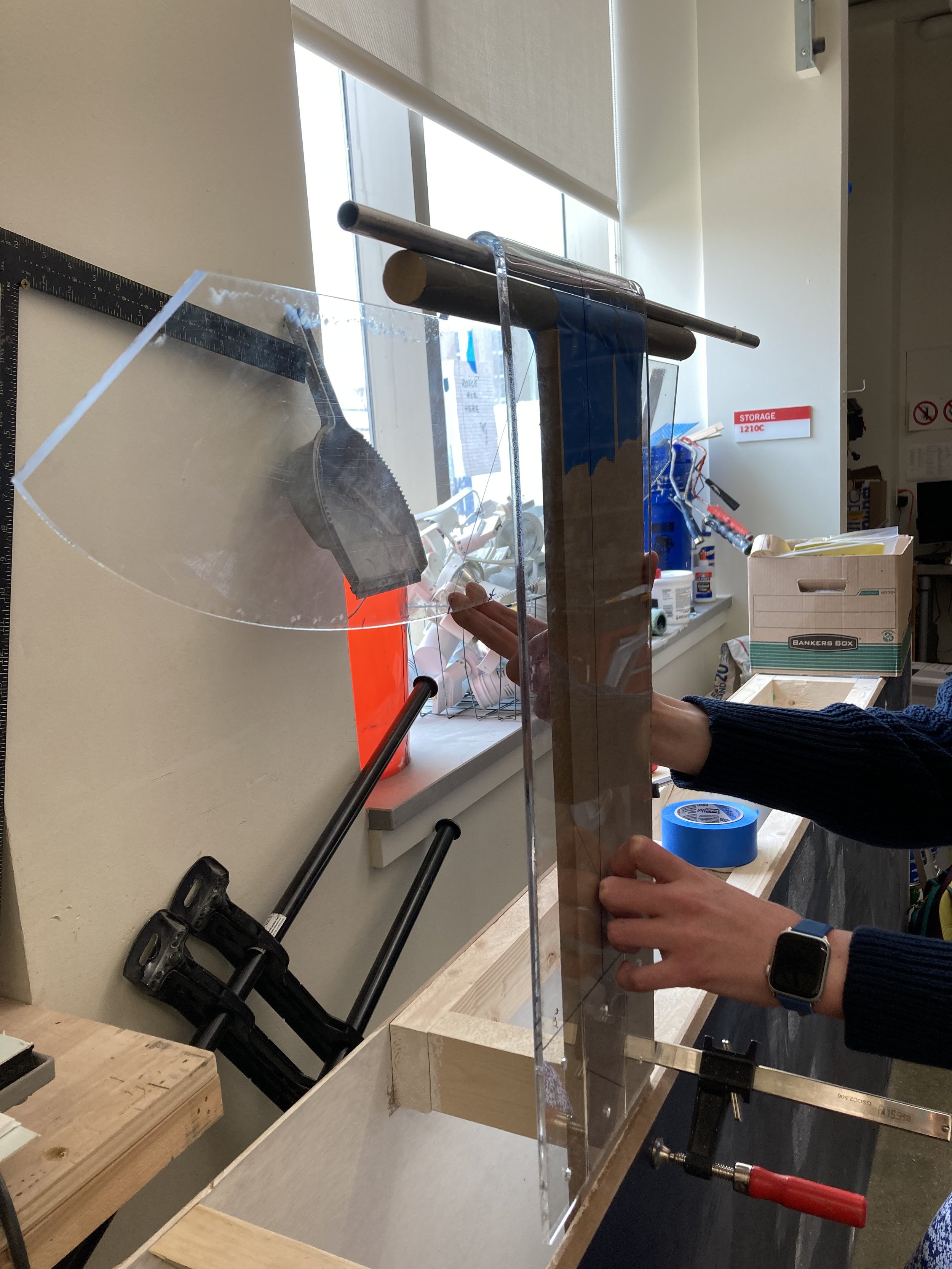









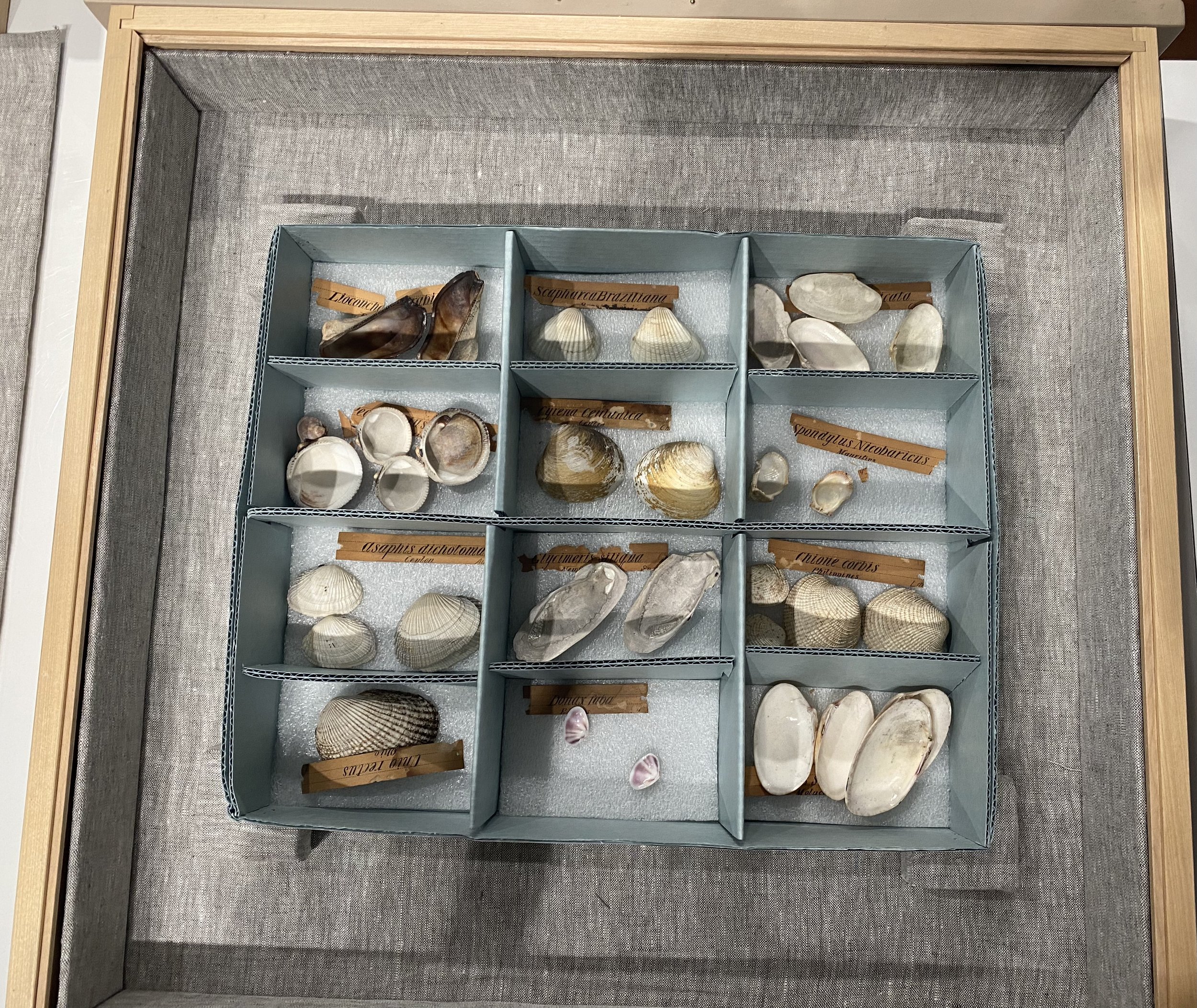










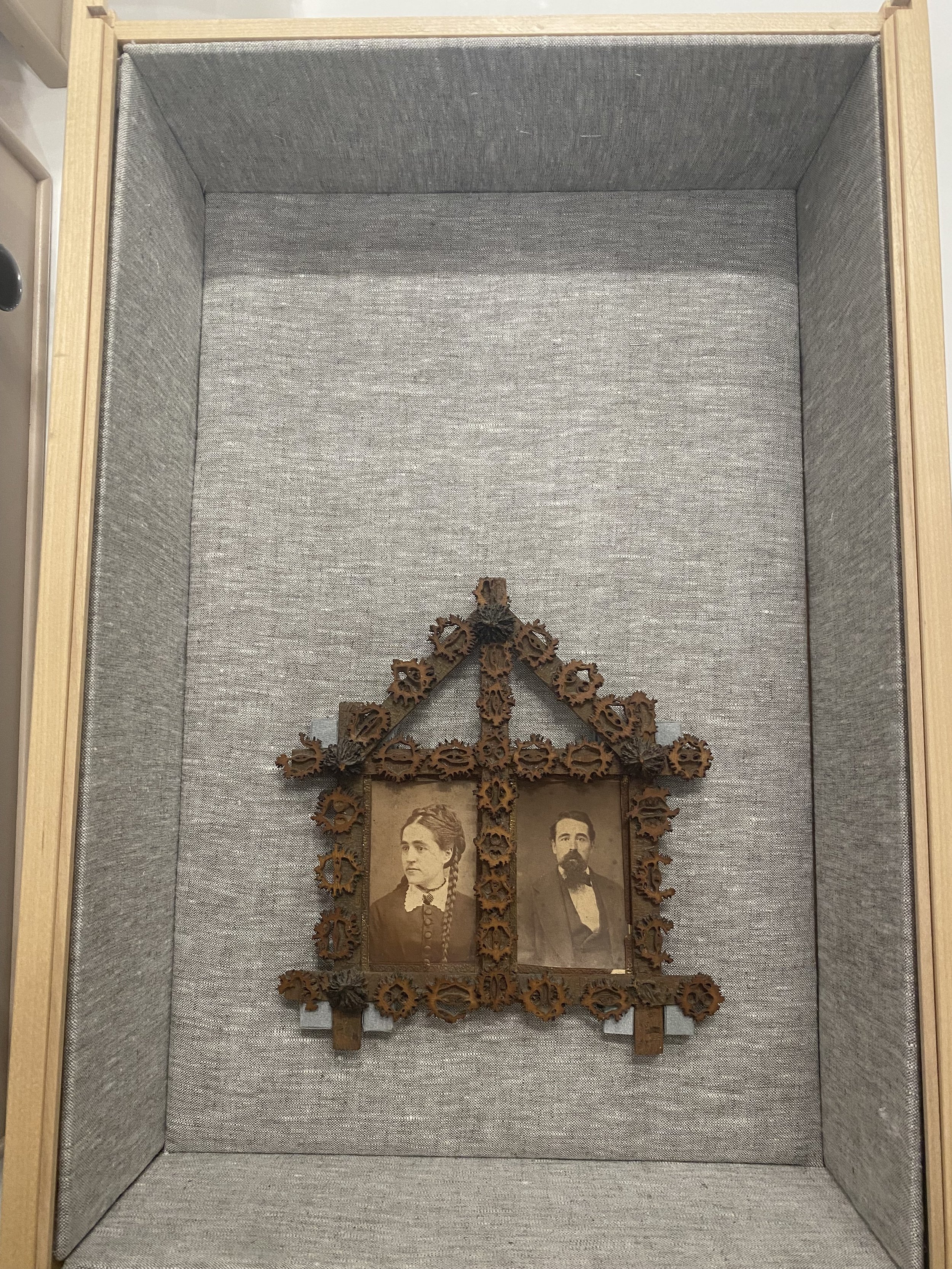
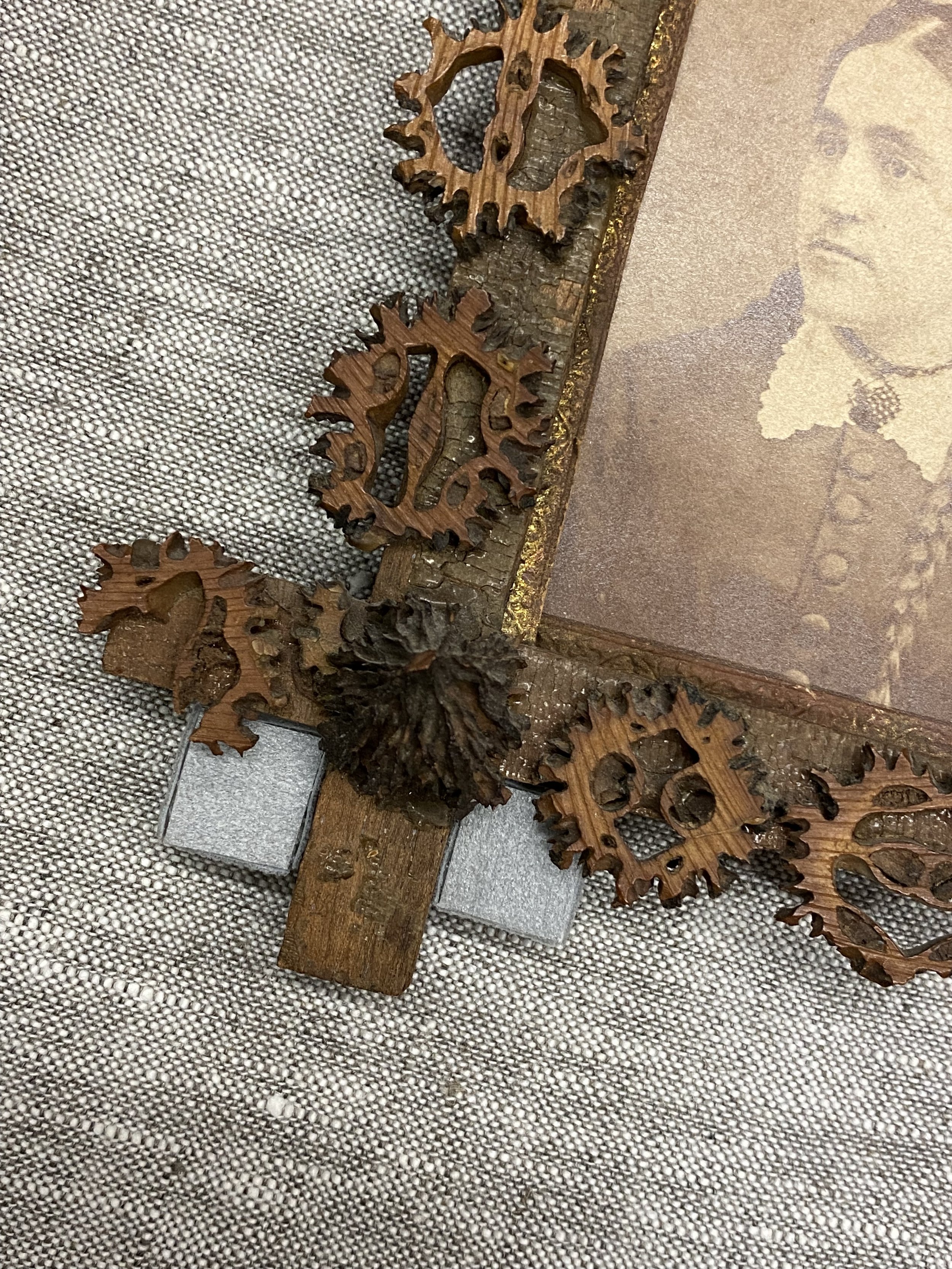

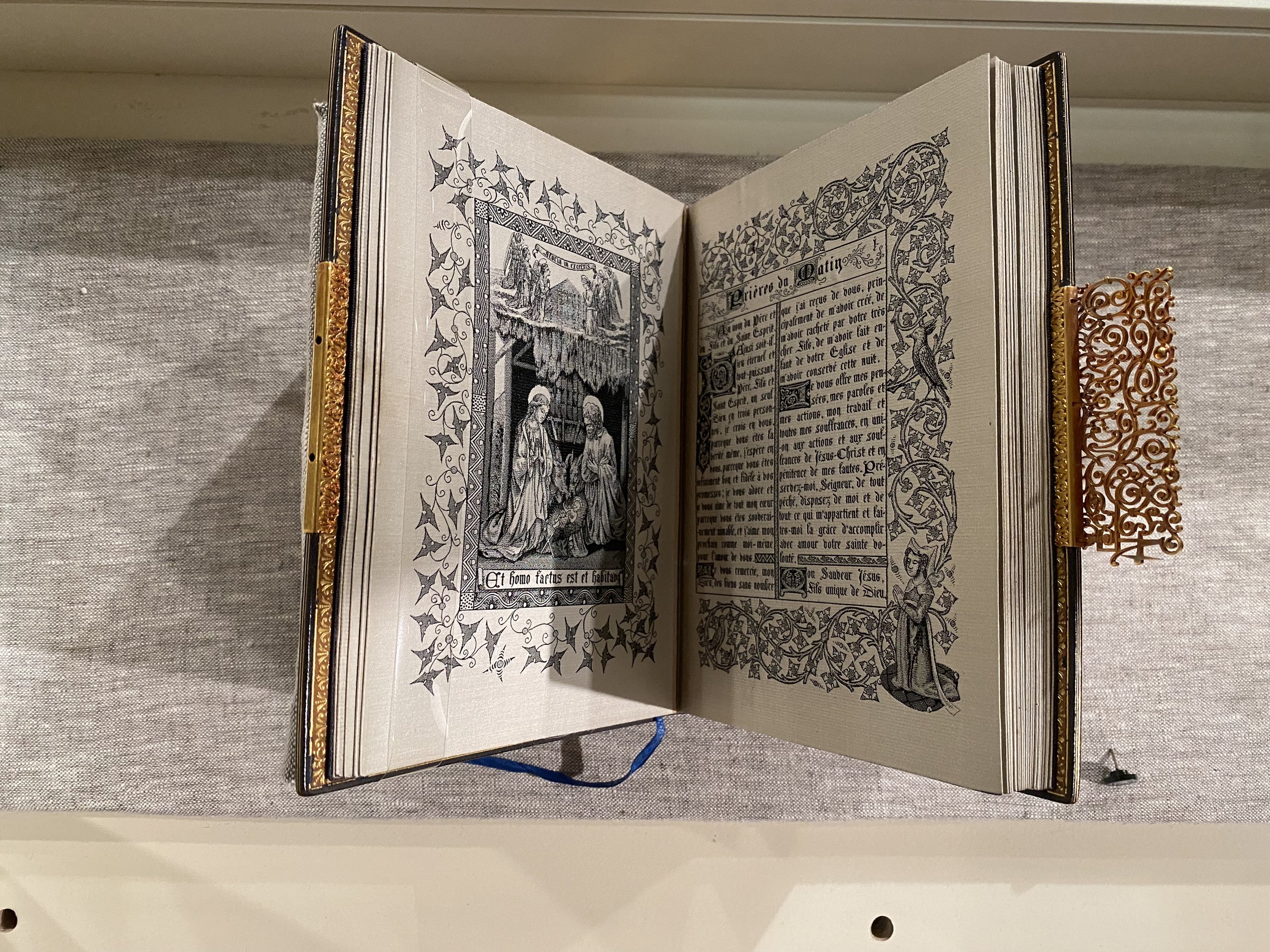


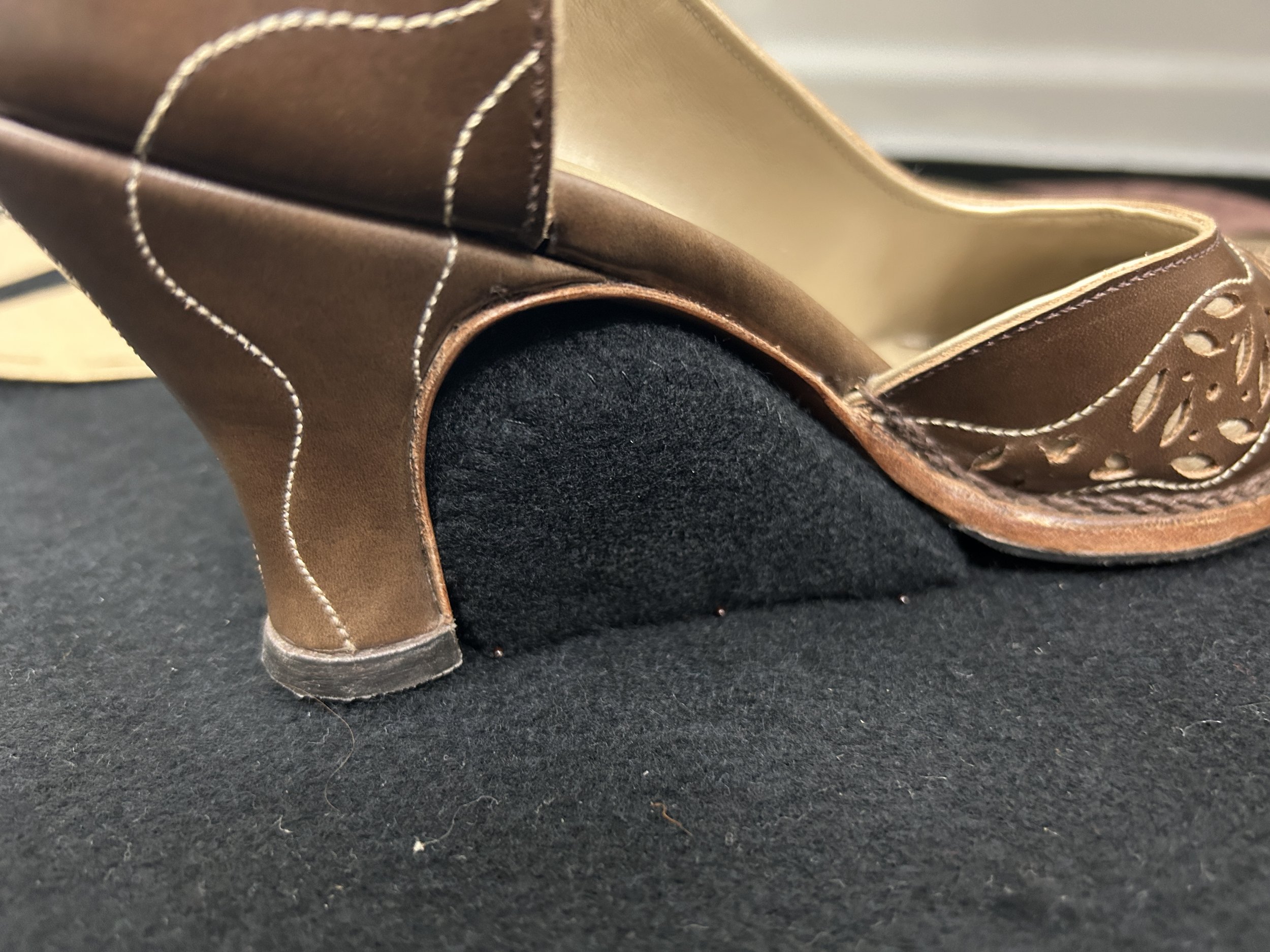

Social Threads: Making, Mending, and Maintaining Community Exhibition
For the exhibition, Social Threads: Making, Mending, and Maintaining I lead the installation and mount making. I began by collaborating with the collections manager and recommended hanging and mounting techniques for each object in the exhibition based on stability of the object and space constraints of the space. Next, I mapped out short-term deadlines for time-sensitive tasks for myself and the preparator. It was essential to meet these deadlines so that the mounting materials had the appropriate amount of time to off-gas before the textiles were installed. I made flat and wedge board mounts, sewed Velcro hanging devices, and created elaborate magnet mechanisms. I also supervised a student worker and taught them how to make archival board mounts.
This exhibition was important because it was my first time being in a position of leadership and managing my own tasks and assigning tasks to others. I learned how to prioritize deadlines, follow-up with colleagues, and manage unexpected delays.
June—September 2023


















Remaking the Renaissance Exhibition
The exhibition, Remaking the Renaissance, highlighted the oldest and rarest textiles from the HLATC. This exhibition was unique because of the fragility of the textiles and demanded innovative mount making techniques. These textiles were made with natural fibers, which required humidity control cartridges to prevent warping. Uniquely, these cartridges needed to be out of sight, yet still be able to ventilate in the pedestals. I created a new technique for making wedges and board mounts to solve these unprecedented challenges.
I made small prototypes to test techniques and materials before selecting my final process. To account for ventilation, I used a square die-cut to make holes in the archival board before wrapping them in fabric. I used this hole-cutting technique for the main boards of both the wedge and flat mounts. Normally, a flat mount would sit on the bottom of the case, but to accommodate the cartridges, these flat boards needed to be lifted. Under flat board mounts, I created an Ethafoam support beam structure that elevated and supported the hole-punched board while hiding the cartridges. Instead of wrapping the Ethafoam support beams and the board separately, I wrapped the entire structure in one piece of fabric to create a polished final look. Since the fabric could not be glued or taped to Ethafoam, I used insect pins to hold it in place.
During this exhibition I was challenged by the unique needs of these textiles and the material processes of making these large mounts. It was rewarding to use my creativity and my studio background to find a creative solution that balanced preservation and access.
January—February 2024
